What is Mescaline?
Mescaline is one of eight natural psychedelic compounds found in certain species of cactus, particularly the peyote and san pedro cacti. Mescaline can also be found in the Peruvian torch cacti or synthesized in a lab. Much like LSD or psilocybin, it’s known for causing profound changes in sensory perception, mood, and thought patterns. When ingested, mescaline activates certain serotonin receptors in the brain, leading to a range of psychedelic experiences that can include vivid visual hallucinations, deep introspection, and feelings of unity or interconnectedness. Despite its psychedelic effects, the underlying mechanisms of how mescaline impacts the brain are not fully understood.(1, 2)
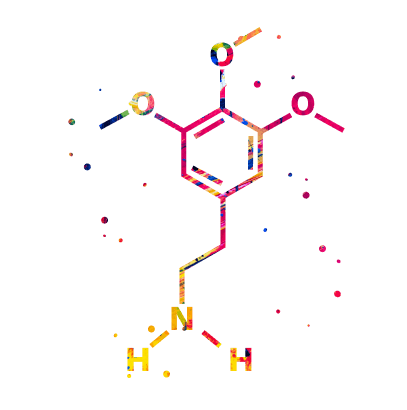
As mentioned, the primary natural sources of mescaline are the peyote cactus, native to Mexico and the southwestern United States, and the san pedro cactus, native to the Andes mountains. These cacti have been used for thousands of years by indigenous cultures in religious and healing rituals. In this context, the intense psychedelic experiences induced by mescaline were often interpreted as spiritual or divine encounters.(3, 4, 5)
The use of mescaline, and the cacti that contain it, dates back at least 5,700 years. Europeans first encountered peyote in the 16th century following the Spanish conquest of Mexico. Despite efforts to suppress its use, peyote rituals eventually spread to indigenous tribes in the United States. Modern peyote use among Native Americans can be traced back to the 1800s, when the Native American Church was formed and gained recognition from the federal government.(6, 7)
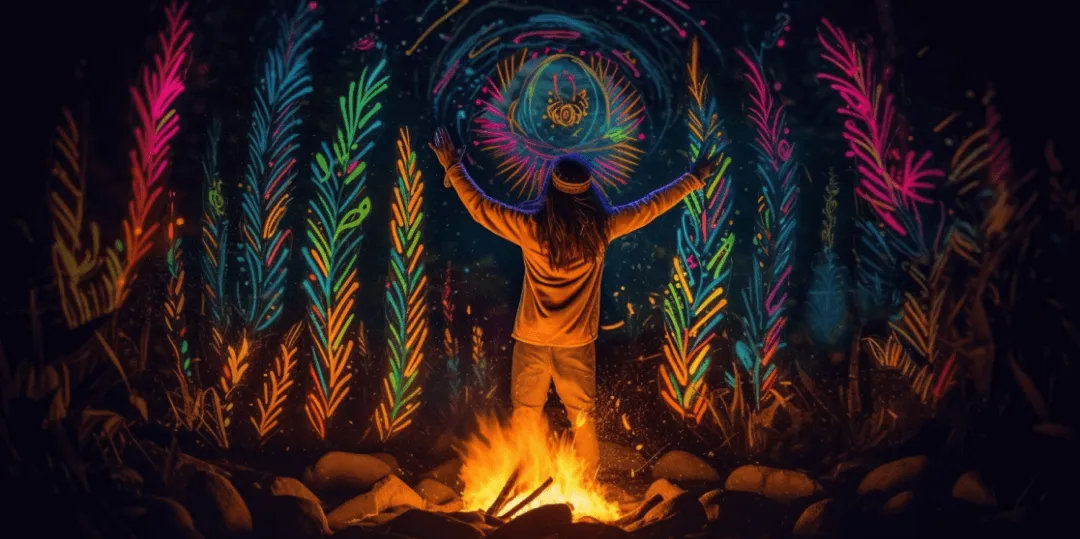
Unfortunately, the Federal Government criminalized peyote and mescaline, along with most other psychedelics, under the Controlled Substances Act of 1970. This decision would, effectively, criminalize NAC religious and medicinal traditions. Something that would not be reversed until the passage of the 1994 American Indian Religious Freedom Act. This bill would allow for an exemption to federal drug prohibition for bonafide religious use. Since the law was enacted, the NAC has grown to include 250,000 members.(6, 7)
Keep Up with Uncensored Psychedelic Trends
Join our newsletter at Psychedelics Uncensored.
We respect and protect your privacy. By subscribing your info will be subject to our privacy policy . Unsubscribe easily at any time
![]()
Outside of these traditional contexts, in the late 19th and early 20th centuries scientists, artists, and others began to explore mescaline’s potential for inducing altered states of consciousness. In at least one instance in the 1950s avant-garde painters were given mescaline by Jean-Paul Sarte and Walter Benjamin to explore its effects on creativity.(6, 7)
During the 20th century, mescaline was the subject of numerous scientific studies and was even synthesized in a lab for the first time in 1919. However, the outcomes of these studies were often inconsistent and failed to provide a clear understanding of the substance’s effects. Over time, mescaline was largely supplanted in research and popular use by LSD, which was easier to manufacture and required smaller doses to achieve similar effects.(7)
Despite being overshadowed by LSD and other substances, mescaline has remained a part of certain religious practices and has continued to attract interest for its potential therapeutic uses. Today, while mescaline is illegal in many places, its use is permitted in certain religious ceremonies, and renewed interest in psychedelic therapies has led some to revisit this ancient and complex substance.(7)
How Does Mescaline Work?
When mescaline is consumed, it affects the brain by binding to and activating certain serotonin receptors. This interaction is thought to be responsible for its psychedelic effects.(8)
Serotonin is a neurotransmitter (a type of chemical that transmits signals in the brain) that plays a role in many functions – including mood regulation, appetite, sleep, and perception. By binding to and activating some types of serotonin receptors, mescaline may have the ability to alter some of these processes, which may lead to changes in thought patterns, mood, and perception. Anecdotal reports and some research suggests these changes can include euphoria, hallucinations, changes in sensory perception, and a sense of deep introspection or insight.(9)
The effects of mescaline typically begin within one to two hours after ingestion, and can last for up to 12 hours. However, the exact timing and intensity of these effects can vary greatly depending on the individual and the dosage consumed. As a phenethylamine, mescaline also has some stimulant effects. It can increase heart rate and blood pressure, and in large doses, it can lead to hyperthermia (increased body temperature) and other potentially harmful physical effects.(10, 11)
Keep Up with Psychedelic Trends
Get uncensored psychedelic news, events, and updates. Join Psychedelics Uncensored!
We respect and protect your privacy. By subscribing your info will be subject to our privacy policy . Unsubscribe easily at any time
![]()
Mescaline, like other psychedelic substances, can lead to a wide range of effects that are often deeply subjective and can vary greatly between individuals. The specific effects can depend on a variety of factors including the dose, the individual’s mindset and expectations, the environment in which the substance is taken, and the individual’s previous experiences with psychedelics.(10, 11)
Common positive effects reported by users include:
However, it’s also important to be aware of the potential risks and negative effects. These can include:
Note: This information was gathered from a study titled The Epidemiology of Mescaline Use: Patterns of Use, Motivations for Consumption, and Perceived Consequences, Benefits, and Acute and Enduring Subjective Effects. The study looked at a web-based survey designed to assess over 450 individual responses to mescaline.
What is the Peyote Cactus?
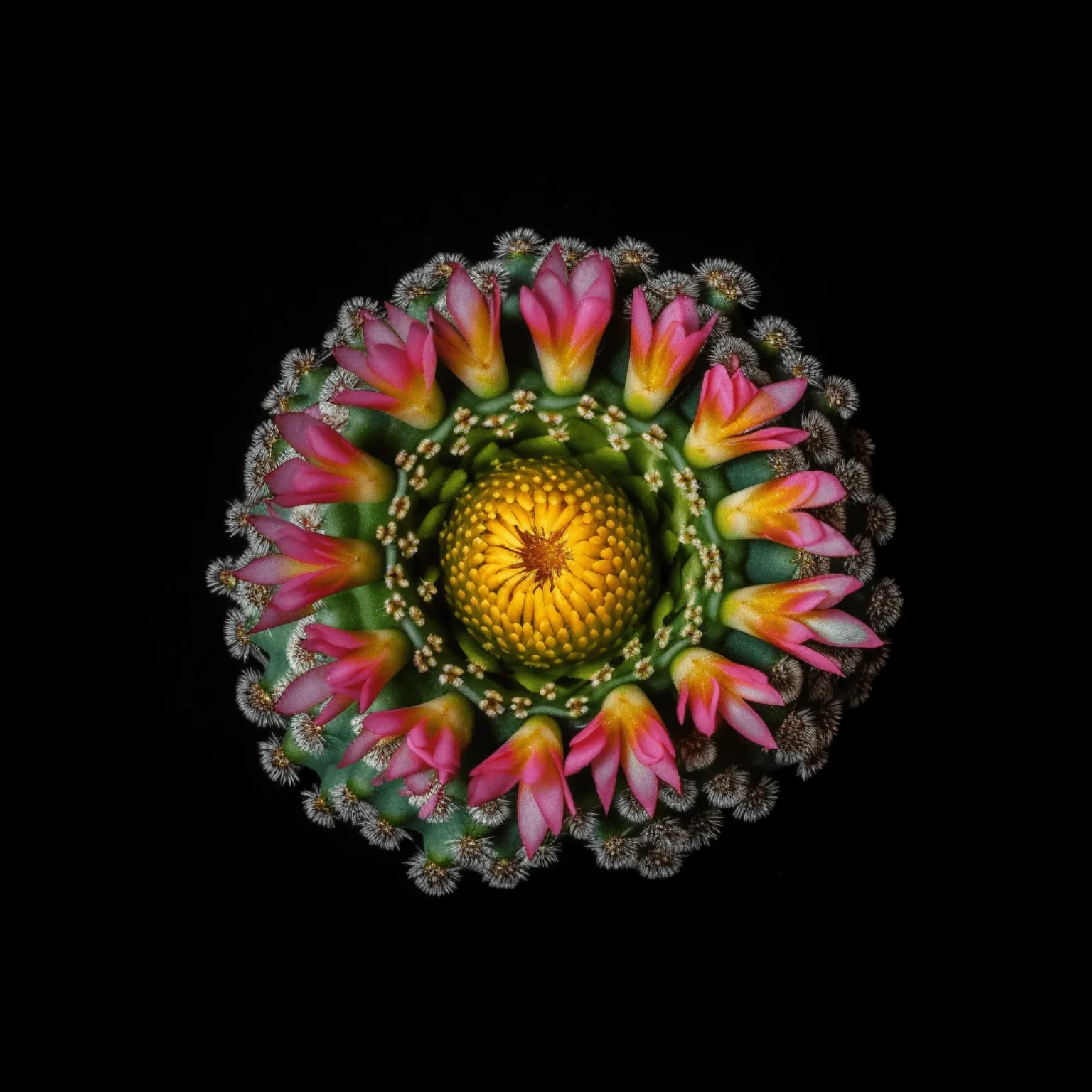
Peyote, known scientifically as Lophophora williamsii, is a small, round cactus native to Mexico and the Southwestern United States. Its psychoactive properties (due to the presence of the alkaloid mescaline) have made it a notable substance across cultures and history. Growing close to the ground with pink flowers, its distinctive feature is the so-called “button” (the crown of the cactus that grows above ground) which is rich in mescaline.(12)
With a history that stretches back at least 5,000 years, peyote has held a significant place in the rituals and ceremonies of various indigenous peoples in the Americas. Particularly those in present-day Mexico and the Southwestern United States, used peyote as a bridge to the spirit world and as a means of communicating with deities or ancestral spirits. Its use in healing ceremonies and religious rituals provided a sense of connection to the spiritual realm and the divine.(13)
As peyote use spread over time, it found a home within the spiritual practices of many Native American tribes. Today, this small, but potent, cactus is a central sacrament in the Native American Church (NAC), a religion that blends aspects of Christianity with Native American spiritual beliefs. The use of peyote in this context facilitates spiritual awakenings, personal introspection, and the forging of community bonds. The importance of peyote in the Native American Church is such that, despite general legal restrictions on the use of peyote in the United States, the NAC has a specific exemption allowing its members to use peyote as part of their religious practice.(13, 14, 15)
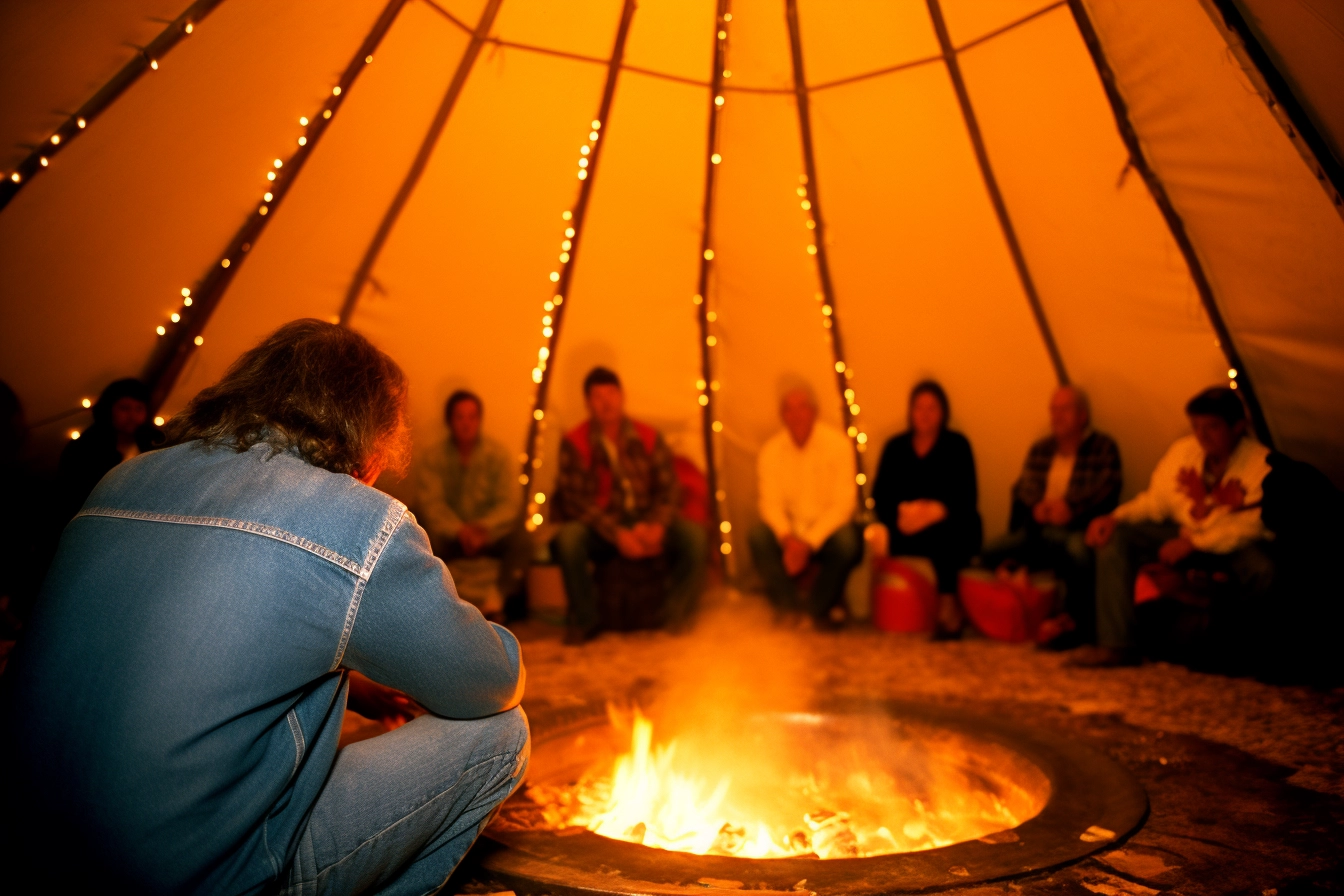
Traditionally, peyote is prepared by removing the peyote button, which is then dried for preservation. These dried buttons, also known as “mescal buttons,” are chewed or brewed into a tea for consumption. In the context of NAC ceremonies, these buttons are often ground into a powder, combined with water, and consumed as a sacrament. The process of harvesting and preparing peyote is carried out with utmost respect and care, reflecting its status as a sacred plant.(13, 14, 15)
From its early use among indigenous peoples in the Americas, to its central role in the Native American Church today, peyote remains a vital component of spiritual practices and community life. Despite legal and societal challenges, the importance of peyote in indigenous cultures and religions remains undiminished, symbolizing a deep and enduring connection to the spiritual realm.(13, 14, 15)
What is the San Pedro Cactus?
Preparation of the san pedro cactus for consumption is a careful process. The outer skin is usually peeled off, after which the remaining material is boiled or soaked in water for a long period, often several hours. This results in a concentrated liquid that can be consumed directly. This concoction, often referred to as a “tea,” is typically bitter to taste. In some traditional practices, other psychoactive plants or substances may be added to the brew.(17, 18)
The psychoactive effects of the san pedro cactus are primarily due to mescaline. As mentioned, mescaline can induce a variety of effects, including altered thought processes, and a heightened sense of empathy and interconnectedness. These effects often lead to introspective or spiritual experiences, which can be profound and transformative. It is for this reason that the cactus has been used in traditional healing practices to address mental and emotional issues.(17, 18)
While the use of the san pedro cactus and its psychedelic effects should be approached with caution due to its potential for psychological distress and legal implications in some areas, the positive elements of its use have been noted in various contexts. In a therapeutic setting, guided by trained professionals, the cactus has been used to aid personal growth, spiritual exploration, and the treatment of certain mental health conditions. The introspective experience it provides has helped many gain new perspectives on their lives, fostering a sense of connection and empathy towards others and the world around them. Despite the need for further research, these positive aspects underline the cultural and medicinal significance of the san pedro cactus in human history.(17, 18)
What is the Peruvian Torch Cactus?
The preparation of the Peruvian Torch for consumption is similar to that of the san pedro cactus. According to some sources, the outer layer of the cactus is typically removed, and the remaining inner flesh is boiled or steeped in water for many hours to create a consumable brew. This process extracts the psychoactive compounds from the plant material. The resulting liquid is then ingested, usually during ceremonial events. It’s worth noting that the taste of this brew is often described as extremely bitter.(20)
Mescaline: Ethical and Sustainability Concerns
Mescaline, again, primarily found in the peyote cactus (Lophophora williamsii) and the san pedro cactus (Echinopsis pachanoi), is one of the oldest known hallucinogenic agents that influence human behavior. Its psychoactive mechanisms remain poorly understood, but its mechanisms of action are primarily attributed to the interaction with certain serotonin receptors. As mentioned, the use of these cacti in rites of indigenous cultures goes back several thousand years.(21)
The peyote cactus can take up to 30 years to mature, and this slow growth combined with increasing demand poses a significant threat to its survival in the wild.(22)
A significant sustainability concern is the overharvesting of these plants, especially peyote, due to their psychoactive properties. The slow growth rate of these plants, particularly peyote, makes them vulnerable to overharvesting. The peyote cactus can take up to 30 years to mature, and this slow growth combined with increasing demand poses a significant threat to its survival in the wild.(22)
Peyote and san pedro cacti, along with other plants containing mescaline, have deep cultural and spiritual significance for indigenous communities, especially in the Southwestern United States and Mexico. Overharvesting not only threatens the plants’ survival, but also risks undermining the cultural practices of these communities.(22)
From an ethical perspective, these plants’ use for recreational or non-traditional purposes can be seen as cultural appropriation, as it involves taking elements from a culture (in this case, indigenous cultures) without permission, and sometimes without understanding or respect for their cultural significance. In traditional ceremonial use, the hallucination phase has been reported as consistently transcendent.(22)
Psychedelic Contraindications and Side Effects
Mescaline, like other classic psychedelics, has a range of contraindications. It can elevate blood pressure and heart rate, which could be hazardous for individuals who have difficulty managing high blood pressure. Mescaline, and other psychedelics, are contraindicated for those who are pregnant, have a history of epilepsy or other seizure disorders, or have severe cardiovascular disease including uncontrolled blood pressure, heart failure, coronary artery disease, or a history of heart attack or stroke.(23, 24, 25)
Short-term physical side effects:(23)
Classic Psychedelic contraindications include:(24)
In addition (and as seen above), because psychedelics activate serotonin receptors in the brain, they can lead to a potentially life-threatening condition known as serotonin syndrome when used in combination with other substances or medications that also increase serotonin levels in the brain. Therefore, mescaline is contraindicated in people using medications like SSRI or MAO-I antidepressants.(24)
Psychiatric contraindications also exist. For example, the risk of prolonged psychosis, while rare in the general population, can be significantly dangerous for individuals with a personal or family history of primary psychotic or affective disorders, such as schizophrenia, schizoaffective disorder, or bipolar I disorder. This is also true for people who experience psychotic symptoms within the context of depression, as mescaline can increase the risk of psychotic episodes in these groups.(24)
People with significant trauma histories should also avoid mescaline use, unless they have discussed the potential risks with their mental health care professional. Psychedelics can lead to the reliving of traumatic experiences and the unearthing of repressed traumatic memories, which can lead to considerable emotional upheaval.(24)
Finally, mescaline is contraindicated in people who’ve previously experienced any adverse effects from such substances, such as prolonged psychosis or suicidal ideation. This underlines the importance of discussing any potential use of psychedelics with a trained medical professional, especially given the individual nuances of each person’s medical history.(24)
Synthetic Mescaline
As mentioned, LSD, perhaps more than any other psychedelic, is often associated with much of the propaganda propagated by the War on Drugs, which perpetuated fears that if you take it, you risk “losing your mind” and never returning. Anti-drug campaigns that focused on telling people that LSD ruined people’s mental health can be traced to the 1960s and 1970s.

Mescaline was first synthesized in 1919 by the British chemist Ernst Späth. Späth was a pioneer in the field of alkaloid chemistry and made significant contributions to the synthesis and study of various natural products, including mescaline.(25)
This lab-produced version is chemically identical to natural mescaline but can be made with high purity, eliminating other compounds and alkaloids found in mescaline sourced from cacti. However, natural mescaline offers a different experience due to the presence of these alkaloids, which some individuals may prefer. These additional compounds can modify the effects, leading to a more varied experience compared to the pure synthetic form.(25)
Some argue that this natural blend offers a richer, more holistic journey, but, as mentioned, there are significant concerns with natural mescaline sustainability. The peyote cactus, in particular, grows at a pace that can only be described as unhurried. With the increasing demand, overharvesting has become a real concern, casting shadows of unsustainability, cultural appropriation, and ecological imbalance.(25)
Whether one leans towards the pristine predictability of the lab-synthesized mescaline or the complex tapestry of the natural extract, the essence remains the same. Mescaline, in all its forms, continues to be a bridge between our waking world and the inner secrets of the human mind.(25)
Exploring the Medical Value of Mescaline
Mescaline has been used ceremonially by indigenous and Latin American populations for centuries. Mescaline’s therapeutic potential began to be recognized by Western science in the 1950s, although the extent of its use and safety profile remains somewhat limited. In a recent study, the majority of respondents reported using mescaline infrequently and primarily for spiritual exploration or connection with nature.(26)
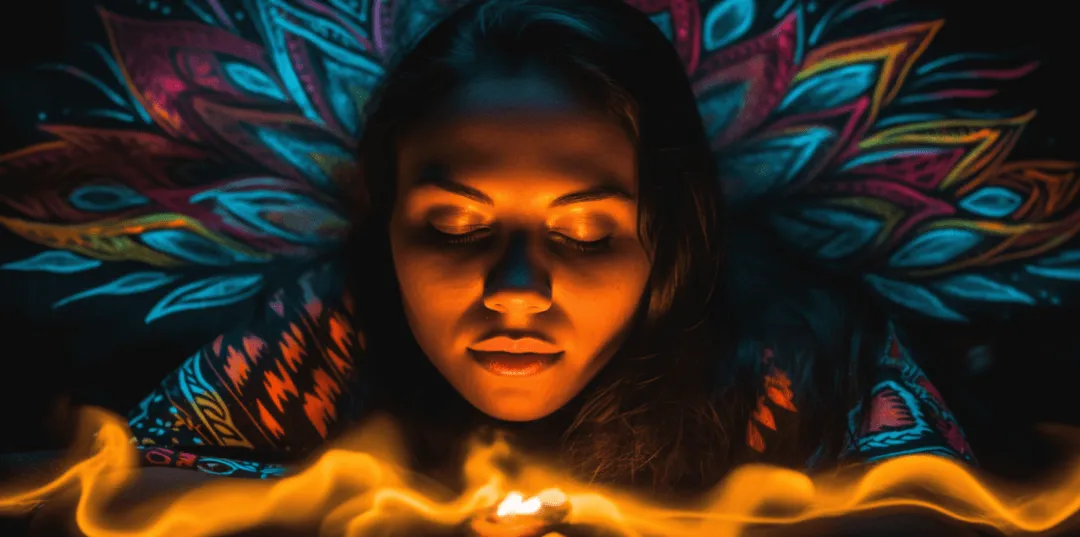
Interestingly, many of these individuals also reported having a psychiatric condition such as depression or anxiety, and over two-thirds noted improvements in these conditions following their most memorable experience with mescaline. This survey suggests that mescaline may have a low potential for abuse and could be associated with mental health improvements and spiritual significance. Another study examined self-reported mescaline use and found that 50% of participants rated their mescaline experience as one of the most spiritually significant in their lives, and 86% showed clinically significant improvements in their mental health.(26, 27)

Mind Medicine, a clinical-stage psychedelic medicine biotech company, recently announced the approval of a clinical trial to evaluate the acute effects of different doses of mescaline and the role of the serotonin 5-HT2A receptor in mescaline-induced altered states of consciousness. This announcement represents a major shift in mescaline research. Modern, regulated studies comparing different doses of mescaline using validated psychometric tools have been lacking. The study will utilize a double-blind, placebo-controlled, cross-over design with six different dosing conditions, and aims to characterize the subjective effects of different doses of mescaline and provide a description of the acute mescaline effects to help clarify the involvement of the 5-HT2A receptor in mescaline-induced altered states of consciousness in healthy people.(28)
The aforementioned study by Mind Medicine will also explore the mechanism of action of mescaline in humans, specifically whether the acute psychoactive effects of mescaline in humans are mediated by 5-HT2A receptors. This receptor is thought to primarily mediate acute alterations of consciousness induced by LSD and psilocybin. Mescaline also binds to the 5-HT2A receptor, but with lower potency and higher activity compared to LSD. Understanding how mescaline interacts with this receptor could provide valuable insight into its effects and potential therapeutic applications. It is important to note that further research is needed.(28)
Legal Status of Mescaline in the United States and Internationally
Mescaline has a complex legal status in the United States and around the world. In the United States, mescaline is classified as a Schedule I substance under the Controlled Substances Act. This classification means that it is considered to have a high potential for abuse, no currently accepted medical use in treatment, and a lack of accepted safety for use under medical supervision.(29)
However, there are exceptions to this general rule. Following the passage of the American Indian Religious Freedom Act Amendments of 1994, United States federal law (and many state laws) protect the harvest, possession, consumption, and cultivation of peyote, a cactus that contains mescaline, as part of “bona fide religious ceremonies.” This law exempts only use by Native American persons, but the case of U.S. v. Boyll expanded permitted use to all persons engaged in traditional indigenous use, regardless of race.(30)
All U.S. states, with the exception of Idaho and Texas, allow usage by non-native, non-enrolled persons in the context of ceremonies of the Native American Church. Some states, such as Arizona, additionally exempt any general bona fide religious activity or spiritual intent. These specific statutory exemptions were enacted partially in reaction to the U.S. Supreme Court’s decision in Employment Division v. Smith, which held that laws prohibiting the use of peyote that do not specifically exempt religious use nevertheless do not violate the Free Exercise Clause of the First Amendment.(30, 31)
In terms of recent changes to the legal status of mescaline at the state and local level, in October 2021, Seattle’s City Council approved a resolution to decriminalize noncommercial activity around non-peyote-derived mescaline. This makes Seattle the largest city in the United States to decriminalize mescaline.(32)
The state of Colorado also recently made changes to the legal status of mescaline via CO. Prop 122. The proposition made naturally occurring “plant medicine,” legal for adult possession and consumption in the state. The list of substances covered under the voter-passed law includes: psilocybin, psilocin, ibogaine, DMT, and mescaline. However, the law still forbids the growing and cultivation of the peyote cactus itself. This may seem strange, but the law was designed in consultation with Native American groups within the state in order to protect peyote cactus from exploitation and over-harvesting. Mescaline sourced from other cacti, like the san pedro cactus, may be grown instead.(33)
Internationally, the legal status of mescaline varies widely. In some countries, such as the Netherlands, the cactus (peyote, and san pedro) is legal, but extracted mescaline is not. In others, like Australia, mescaline is considered a Schedule 9 substance under the Poisons Standard. In countries like Mexico, the Ley General de Salud declares that mescaline and peyote are illegal, but other cacti like the san pedro cactus and peruvian torch are not mentioned in the law, making them legal.(34)
| FLAG | COUNTRY / STATE | LAWS |
|---|---|---|
| 🇺🇸 | United States | Mescaline is a Schedule 1 substance under the Controlled Substances Act of 1970. However, the sacramental use of peyote is protected by a federal law passed in 1994. This law protects the rights of the Native American Church to possess and use peyote as part of its religious practices. |
| 🇺🇸 | Idaho & Texas | All U.S. states, with the exception of Idaho and Texas, allow usage by non-native, non-enrolled persons in the context of ceremonies of the Native American Church. |
| 🇺🇸 | Arizona | Some states, such as Arizona, additionally exempt any general bona fide religious activity or spiritual intent. |
| 🇺🇸 | Seattle | Seattle’s City Council approved a resolution to decriminalize noncommercial activity around non-peyote-derived mescaline. |
| 🇺🇸 | Colorado | The state of Colorado also recently made changes to the legal status of mescaline via CO. Prop 122. Prop 122 legalizes mescaline for adult use, with the exception of peyote. |
| 🇺🇸 | Oregon | Mescaline and peyote cacti usage is protected under state law and freedom of religion. |
| 🇲🇽 | Mexico | In countries like Mexico, the Ley General de Salud declares that mescaline and peyote are illegal, but other cacti like the san pedro cactus and peruvian torch are not mentioned in the law, making them legal. |
| 🇪🇨 | Ecuador | Legal for adult use and sale, especially prevalent in Southern Ecuador. |
| 🇵🇪 | Peru | Extracted mescaline and peyote cacti are illegal, but San Pedro and Peruvian torch cacti are legal for sale and possession. |
| 🇨🇱 | Chile | Legal for adult use and sale, with a strong spiritual and medicinal use tradition. |
| 🇳🇱 | Netherlands | The cactus (peyote, and san pedro) is legal, but extracted mescaline is not. |
Mescaline: Harm Reduction and Safety
While there are indications from both scientific studies and personal accounts that mescaline may have potential therapeutic benefits, it’s crucial to remember that it’s a powerful psychoactive compound that demands careful handling. Implementing harm reduction strategies is key to ensuring a safer experience. It is also vital to note that at this time there is very little research regarding best practices for mescaline use. The information provided here is a general guide to safety for classical psychedelics.(35)
One such safety strategy involves the use of a testing kit to confirm the substance’s purity. This step can help verify that the substance hasn’t been adulterated with other potentially harmful drugs or impurities. It’s a simple yet effective way to add an extra layer of safety to the process.(35)
Creating a secure and controlled environment for use is another critical harm reduction practice. This can include having a sober and reliable individual, often referred to as a “trip sitter,” present during the experience. Using the substance in a comfortable, familiar setting can also contribute to a safer experience. It’s also advised to avoid engaging in potentially hazardous activities such as driving or strenuous physical tasks while under the influence of the substance.(35)
Starting with a minimal dose to gauge your body’s tolerance and sensitivity to the substance is another recommended practice. This approach can help prevent overwhelming or uncomfortable experiences.(35)
Additionally, staying hydrated, getting plenty of rest before and after use, and avoiding mixing mescaline with other substances can also contribute to a safer experience.(35)
Mescaline Dosing Guide
When it comes to dosing mescaline, it’s important to understand that the effects can vary greatly depending on the individual, the context in which it’s used, and the specific dosage. The following dosage guidelines come from the Vaults of Erowid, a non-profit harm reduction and education group. These suggestions are for synthetic or pure Mescaline, common forms of the substance:(36)
1
Threshold
100 mg
2
Light
100 – 200 mg
3
Common
200 – 300 mg
4
Strong
300 – 500 mg
5
Heavy
500 – 700 mg
What to Expect From a Mescaline Journey
According to the Erowid Foundation, the onset of effects typically occurs within 45 to 60 minutes after ingestion, but this may vary. This is when the initial signs of the substance’s psychoactive effects begin to manifest. These can include changes in perception, mood, thought, and physical sensations.(36)
1
Onset
45 – 60 minutes
2
Peak
2 – 4 hours
3
Duration
4 – 8 hours
4
Normal After Effects
2 – 4 hours
According to anecdotal sources, the peak of the experience usually occurs around two to four hours after ingestion. This is when the effects of mescaline are at their most intense. During this period, users may experience profound alterations in perception, intense visual hallucinations, and deep introspective insights.(36)
(400 mg) During the initial phase of the intoxication (between 2 and 3 hours) everything seemed to have a humorous interpretation. People’s faces are in caricature, small cars seem to be chasing big cars, and all cars coming towards me seem to have faces. This one is a duchess moving in regal pomp, that one is a wizened old man running away from someone. A remarkable effect of this drug is the extreme empathy felt for all small things; a stone, a flower, an insect. I believe that it would be impossible to harm anything–to commit an overt harmful or painful act on anyone or anything is beyond one’s capabilities. One cannot pluck a flower–and even to walk upon a gravel path requires one to pick his footing carefully, to avoid hurting or disturbing the stones. I found the color perception to be the most striking aspect of the experience. The slightest difference of shade could be amplified to extreme contrast. Many subtle hues became phosphorescent in intensity. Saturated colors were often unchanged, but they were surrounded by cascades of new colors tumbling over the edges.
Anecdotal user reports indicate that the overall duration of the mescaline experience typically lasts between four to eight hours. However, this can vary depending on the individual and the specific dosage taken. During this time, the effects gradually decrease until they eventually subside completely.(37)
After the main effects have subsided, users often share anecdotal reports of experiencing a period of after-effects. These can last between two to four hours and may include feelings of relaxation, introspection, and a heightened sense of awareness. Some users also report experiencing a sense of rejuvenation and a renewed appreciation for life following the experience.(37)
It’s important to note that these dosage guidelines are general estimates and the effects can vary greatly from person to person. Factors such as body weight, metabolism, overall health, tolerance, and the presence of other substances can all influence the effects. When using any psychedelics, including mescaline, always start slow, and with a low dose. Make sure you understand your own limits before taking larger doses that could lead to a more intense experience.
What to Expect During a Mescaline Trip
A mescaline trip is a deeply personal and subjective experience that can vary greatly from person to person. However, there are some common themes and experiences that many users report. It’s important to note that the following descriptions are generalizations and the actual experience can be influenced by a variety of factors including dosage, set and setting (your mindset and environment), and individual psychology.
The onset of a mescaline trip usually begins 45 to 60 minutes after ingestion, with the first signs often being physical sensations such as warmth or tingling, or a sense of anticipation or nervousness. As the effects intensify, users often report a heightened awareness of their surroundings, with colors appearing more vibrant, patterns seeming more complex, and sounds taking on a richer quality.(38)
Visual hallucinations are also a potential feature of a mescaline trip. These can range from simple patterns to more complex and immersive scenes or landscapes. Some users report seeing fractal patterns, or objects and surfaces appearing to breathe or ripple. It’s also possible to experience synesthesia, a blending of the senses where, for example, sounds may be perceived as colors.(39, 40)
On a psychological level, mescaline can induce a wide range of effects. Many users report profound introspective insights, often relating to their personal life, relationships, or the nature of reality. It’s not uncommon for people to have experiences of unity or interconnectedness (feeling a deep sense of connection to the world around them). Some users also report mystical or spiritual experiences, including feelings of transcendence or encounters with seemingly otherworldly entities. Mescaline is also said to be heart-opening, making some individuals feel a deep sense of love for the people around them, including family, partners, and friends.(39, 40)
“The world soon became transformed where objects glowed as if from an inner illumination and my body sprang to life. The sense of my body, being alive in my muscles and sinews, filled me with enormous joy. I watched Ermina fill to brimming with animal spirit, her features transformed, her body cat-like in her graceful natural movement. I was stopped in my tracks. The world seemed to hold its breath as the cat changed again into the Goddess. As she shed her clothes, she shed her ego and when the dance began, Ermina was no more. There was only the dance without the slightest self-consciousness. How can anything so beautiful be chained and changed by others’ expectations? I became aware of myself in her and as we looked deeply into one another my boundaries disappeared and I became her looking at me.”
Depending on the type, and method of delivery, a mescaline trip can be an emotional rollercoaster. Anecdotal sources indicate that peyote ceremonies may be extremely intense, while synthetic mescaline may be more gentle. It’s common to experience a wide range of emotions, often with an intensity that can be overwhelming. Feelings of joy, euphoria, and wonder are common, but so too are passing feelings of anxiety, fear, and confusion. It’s important to remember that these feelings are temporary and part of the experience.
The comedown from a mescaline trip is often gradual, with the effects slowly diminishing over a period of several hours. Many users report a sense of calm and relaxation during this phase, often accompanied by a sense of rejuvenation and a renewed appreciation for life. Some people also report a feeling of “afterglow” in the days following a mescaline trip, characterized by an increased sense of well-being and a positive outlook on life.(39, 40)
A mescaline trip is a complex and multifaceted experience that can encompass a wide range of physical, visual, psychological, and emotional effects. It’s a deeply personal journey that can offer profound insights and experiences, but also comes with potential challenges and should be approached with respect and caution.
Getting Ready for Your Mescaline Trip
Creating a positive and beneficial mescaline trip involves careful planning and preparation. The experience can be influenced by a variety of factors, including your mindset, the environment, and the presence of comfort items.
Here are some strategies that can help enhance the experience while minimizing the potential for a negative trip:(41)
Comfort items can also enhance your experience. These could include:
Food can also impact your experience. It’s generally recommended to avoid eating for a few hours before taking mescaline to reduce the chance of nausea. However, having some light, healthy snacks available for during or after your trip can be a good idea.
Remember, a mescaline trip can be a profound journey, offering insights and experiences that can be both enlightening and challenging. By preparing adequately and approaching the experience with respect and caution, you can help ensure a more positive and beneficial trip.
Integrating the Mescaline Experience
Integration is a crucial part of the psychedelic experience, and this holds true for mescaline as well. It refers to the process of reflecting on, understanding, and applying the insights or lessons gained during the trip to one’s everyday life. This process can be deeply personal and transformative, and it’s often where the real work of personal growth and self-discovery takes place.(42)
The mescaline experience can be intense and filled with profound insights, emotions, and sensory experiences. However, these experiences can sometimes be overwhelming or difficult to make sense of. This is where integration comes in. By taking the time to reflect on your trip, you can begin to unravel its meaning and significance. This could involve contemplating the thoughts and feelings you had, the visions or hallucinations you experienced, or the insights you gained.(42)
How To Integrate Your Mescaline Experience in Daily Practises
Journaling can be a powerful tool for integration. Writing about your experience can help you to process it and see it from different perspectives. It can also serve as a record of your journey, allowing you to revisit and further explore your experience in the future. You might write about the emotions you felt, the thoughts you had, or the questions that arose during your trip.
Discussing your experience with others can also be beneficial. This could be a trusted friend, a therapist, or a psychedelic integration group. Sharing your experience can provide new insights and perspectives, and the act of verbalizing your experience can often lead to a deeper understanding.
Mindfulness practices, such as meditation or yoga can also support integration. These practices can help you stay present and focused, allowing you to explore your experience on a deeper level. They can also help you cultivate a sense of calm and acceptance, which can be beneficial when dealing with potentially challenging or confusing aspects of your trip.
Lastly, integration involves applying the insights or lessons from your trip to your everyday life. This could involve making changes to your behavior, relationships, or lifestyle, or it could involve a shift in your beliefs or worldview. The goal is to bring the wisdom and growth from your mescaline journey into your mundane, lived experience, allowing it to inform and enrich your experience of the world.
Sources
1. Dinis-Oliveira, R. J., Pereira, C. L., & Dias da Silva, D. (2019). Pharmacokinetic and Pharmacodynamic Aspects of Peyote and Mescaline: Clinical and Forensic Repercussions. Current Molecular Pharmacology, 12(3), 184–194. https://doi.org/10.2174/1874467211666181010154139
2. Mescaline – an overview | ScienceDirect Topics. (n.d.). Www.sciencedirect.com. https://www.sciencedirect.com/topics/neuroscience/mescaline
3. PubChem. (n.d.). Mescaline. Pubchem.ncbi.nlm.nih.gov. https://pubchem.ncbi.nlm.nih.gov/compound/Mescaline#section=Names-and-Identifiers
4. Peyote – an overview | ScienceDirect Topics. (n.d.). Www.sciencedirect.com. https://www.sciencedirect.com/topics/neuroscience/peyote
5. Carod-Artal, F. J., & Vázquez-Cabrera, C. B. (2006). [Mescaline and the San Pedro cactus ritual: archaeological and ethnographic evidence in northern Peru]. Revista de Neurologia, 42(8), 489–498. https://pubmed.ncbi.nlm.nih.gov/16625512/
6. Bruhn, J. G., De Smet, P. A., El-Seedi, H. R., & Beck, O. (2002). Mescaline use for 5700 years. The Lancet, 359(9320), 1866. https://doi.org/10.1016/s0140-6736(02)08701-9
7. yalepress. (2019, August 6). What Happened to Mescaline? Yale University Press. https://yalebooks.yale.edu/2019/08/06/what-happened-to-mescaline/
8. Kovacic, P., & Somanathan, R. (2009). Novel, unifying mechanism for mescaline in the central nervous system. Oxidative Medicine and Cellular Longevity, 2(4), 181–190. https://www.ncbi.nlm.nih.gov/pmc/articles/PMC2763256/
9. Kovacic, P., & Somanathan, R. (2009). Novel, unifying mechanism for mescaline in the central nervous system. Oxidative Medicine and Cellular Longevity, 2(4), 181–190. https://www.ncbi.nlm.nih.gov/pmc/articles/PMC2763256/
10. Dinis-Oliveira, R. J., Pereira, C. L., & Dias da Silva, D. (2019). Pharmacokinetic and Pharmacodynamic Aspects of Peyote and Mescaline: Clinical and Forensic Repercussions. Current Molecular Pharmacology, 12(3), 184–194. https://doi.org/10.2174/1874467211666181010154139
11. Uthaug, M. V., Davis, A. K., Haas, T. F., Davis, D., Dolan, S. B., Lancelotta, R., Timmermann, C., & Ramaekers, J. G. (2021). The epidemiology of mescaline use: Pattern of use, motivations for consumption, and perceived consequences, benefits, and acute and enduring subjective effects. Journal of Psychopharmacology, 026988112110135. https://doi.org/10.1177/02698811211013583
12. NatureServe Explorer 2.0. (n.d.). Explorer.natureserve.org. https://explorer.natureserve.org/Taxon/ELEMENT_GLOBAL.2.139920/Lophophora_williamsii
13. A Brief History of Peyote. (n.d.). Www.peyote.org. Retrieved September 12, 2023, from https://www.peyote.org/
14. Horgan, J. (2017, July 5). Tripping on Peyote in Navajo Nation. Scientific American Blog Network. https://blogs.scientificamerican.com/cross-check/tripping-on-peyote-in-navajo-nation/
15. Majchrzak, J. (n.d.). Peyote and Native American Culture. https://opensiuc.lib.siu.edu/cgi/viewcontent.cgi?article=1509&context=ebl
16. Carod-Artal, F. J., & Vázquez-Cabrera, C. B. (2006). [Mescaline and the San Pedro cactus ritual: archaeological and ethnographic evidence in northern Peru]. Revista de Neurologia, 42(8), 489–498. https://pubmed.ncbi.nlm.nih.gov/16625512/
17. Armijos, C., Cota, I., & González, S. (2014). Traditional medicine applied by the Saraguro yachakkuna: a preliminary approach to the use of sacred and psychoactive plant species in the southern region of Ecuador. Journal of Ethnobiology and Ethnomedicine, 10(1), 26. https://doi.org/10.1186/1746-4269-10-26
18. Douglas, S. (2023, March 12). San Pedro Preparation: How to Prepare San Pedro for Consumption. Third Wave. https://thethirdwave.co/san-pedro-preparation/
19. Huachuma: The San Pedro Cactus Healing Medicine. (2019, December 6). Traveling and Living in Peru. https://www.livinginperu.com/huachuma-the-san-pedro-cactus-healing-medicine/
20. Huachuma: The San Pedro Cactus Healing Medicine. (2019, December 6). Traveling and Living in Peru. https://www.livinginperu.com/huachuma-the-san-pedro-cactus-healing-medicine/
21. Kovacic, P., & Somanathan, R. (2009). Novel, unifying mechanism for mescaline in the central nervous system. Oxidative Medicine and Cellular Longevity, 2(4), 181–190. https://www.ncbi.nlm.nih.gov/pmc/articles/PMC2763256/
22. Muneta, J. (2020). PEYOTE CRISIS CONFRONTING MODERN INDIGENOUS PEOPLES: THE DECLINING PEYOTE POPULATION AND A DEMAND FOR CONSERVATION. American Indian Law Journal, 9(1). https://digitalcommons.law.seattleu.edu/ailj/vol9/iss1/6/
23. Dinis-Oliveira, R. J., Pereira, C. L., & Dias da Silva, D. (2019). Pharmacokinetic and Pharmacodynamic Aspects of Peyote and Mescaline: Clinical and Forensic Repercussions. Current Molecular Pharmacology, 12(3), 184–194. https://doi.org/10.2174/1874467211666181010154139
24. Medical Contraindications to “Classic” Psychedelic Use. (n.d.). Psychedelics.ucsf.edu. https://psychedelics.ucsf.edu/blog/medical-contraindications-to-classic-psychedelic-use
25. Mescaline – an overview | ScienceDirect Topics. (n.d.). Www.sciencedirect.com. Retrieved September 12, 2023, from https://www.sciencedirect.com/topics/agricultural-and-biological-sciences/mescaline
26. A Century of Mescaline. (2021, April 30). Chacruna. https://chacruna.net/century_of_mescaline/
27. Bender, E. (2022). Finding medical value in mescaline. Nature, 609(7929), S90–S91. https://doi.org/10.1038/d41586-022-02873-8
28. Inc, M. M. (MindMed). (n.d.). MindMed Announces the Approval of Mescaline Study. Www.prnewswire.com. Retrieved September 12, 2023, from https://www.prnewswire.com/news-releases/mindmed-announces-the-approval-of-mescaline-study-301295710.html
29. WHAT ARE PEYOTE AND MESCALINE? WHAT IS ITS ORIGIN? What is its effect on the body? Which drugs cause similar effects? What are common street names? What does it look like? (n.d.). https://www.dea.gov/sites/default/files/2020-06/Peyote%20and%20Mescaline-2020_0.pdf
30. Richardson, B. (1994, October 6). Text – H.R.4230 – 103rd Congress (1993-1994): American Indian Religious Freedom Act Amendments of 1994. Www.congress.gov. https://www.congress.gov/bill/103rd-congress/house-bill/4230/text
31. Employment Division v. Smith. (2018). LII / Legal Information Institute. https://www.law.cornell.edu/supremecourt/text/494/872
32. Adlin, B. (2021, October 4). Seattle Becomes Largest U.S. City To Decriminalize Psychedelics. Marijuana Moment. https://www.marijuanamoment.net/seattle-becomes-largest-u-s-city-to-decriminalize-psychedelics/
33. Proposition 122: Access to Natural Psychedelic Substances Placed on the ballot by citizen initiative • Passes with a majority vote. (n.d.). https://leg.colorado.gov/sites/default/files/initiative%2520referendum_proposition%20122%20final%20lc%20packet.pdf
34. Legal status of psychoactive cactus by country. (2022, February 24). Wikipedia. https://en.wikipedia.org/wiki/Legal_status_of_psychoactive_cactus_by_country
35. Gorman, I., Nielson, E. M., Molinar, A., Cassidy, K., & Sabbagh, J. (2021). Psychedelic Harm Reduction and Integration: A Transtheoretical Model for Clinical Practice. Frontiers in Psychology, 12. https://doi.org/10.3389/fpsyg.2021.645246
36. Erowid Mescaline Vault : Dose/Dosage. (n.d.). Erowid.org. Retrieved September 12, 2023, from https://erowid.org/chemicals/mescaline/mescaline_dose.shtml
37. Erowid Experience Vaults: Mescaline Reports in category: General. (n.d.). Erowid.org. Retrieved September 12, 2023, from https://erowid.org/experiences/subs/exp_Mescaline_General.shtml
38. EFFECTS OF MESCALINE AND LYSERGIC ACID (d-LSD-25)*. Retrieved September 12, 2023, from https://erowid.org/references/texts/show/1475docid1236
39. Erowid Online Books : “PIHKAL” – #96 M. (n.d.). Erowid.org. https://erowid.org/library/books_online/pihkal/pihkal096.shtml
40. Luke, D. P., & Terhune, D. B. (2013). The induction of synaesthesia with chemical agents: a systematic review. Frontiers in Psychology, 4. https://doi.org/10.3389/fpsyg.2013.00753
41. Winkelman, M. J. (2021). The Evolved Psychology of Psychedelic Set and Setting: Inferences Regarding the Roles of Shamanism and Entheogenic Ecopsychology. Frontiers in Pharmacology, 12. https://doi.org/10.3389/fphar.2021.619890
42. Frymann, T., Whitney, S., Yaden, D. B., & Lipson, J. (2022). The Psychedelic Integration Scales: Tools for Measuring Psychedelic Integration Behaviors and Experiences. Frontiers in Psychology, 13. https://doi.org/10.3389/fpsyg.2022.863247
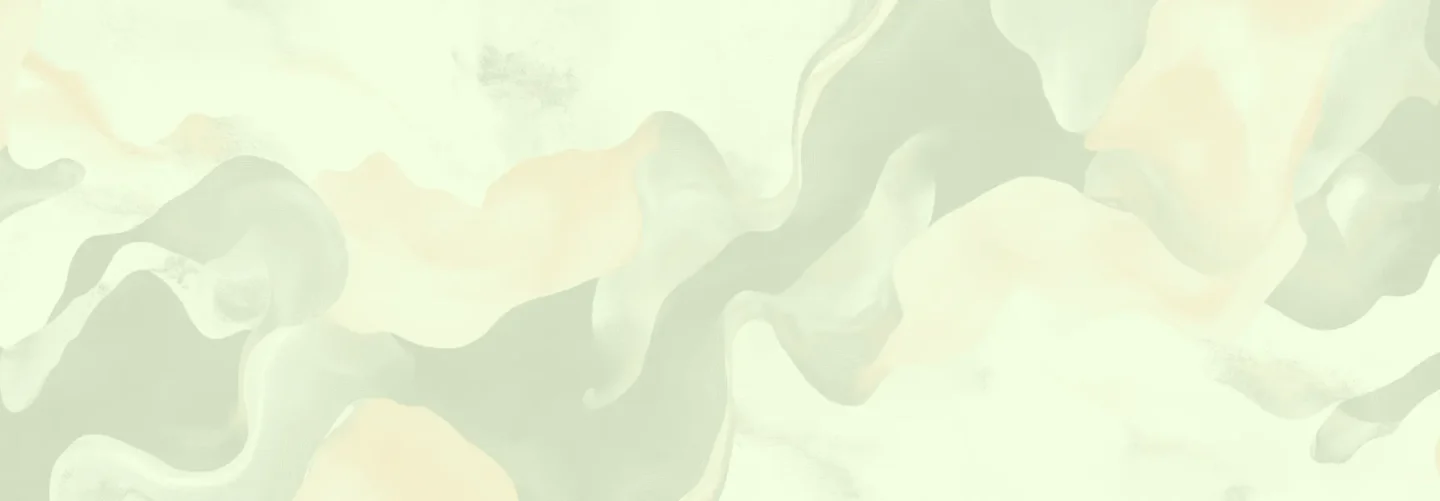
 David Connell
David Connell Paloma Lehfeldt, MD
Paloma Lehfeldt, MD
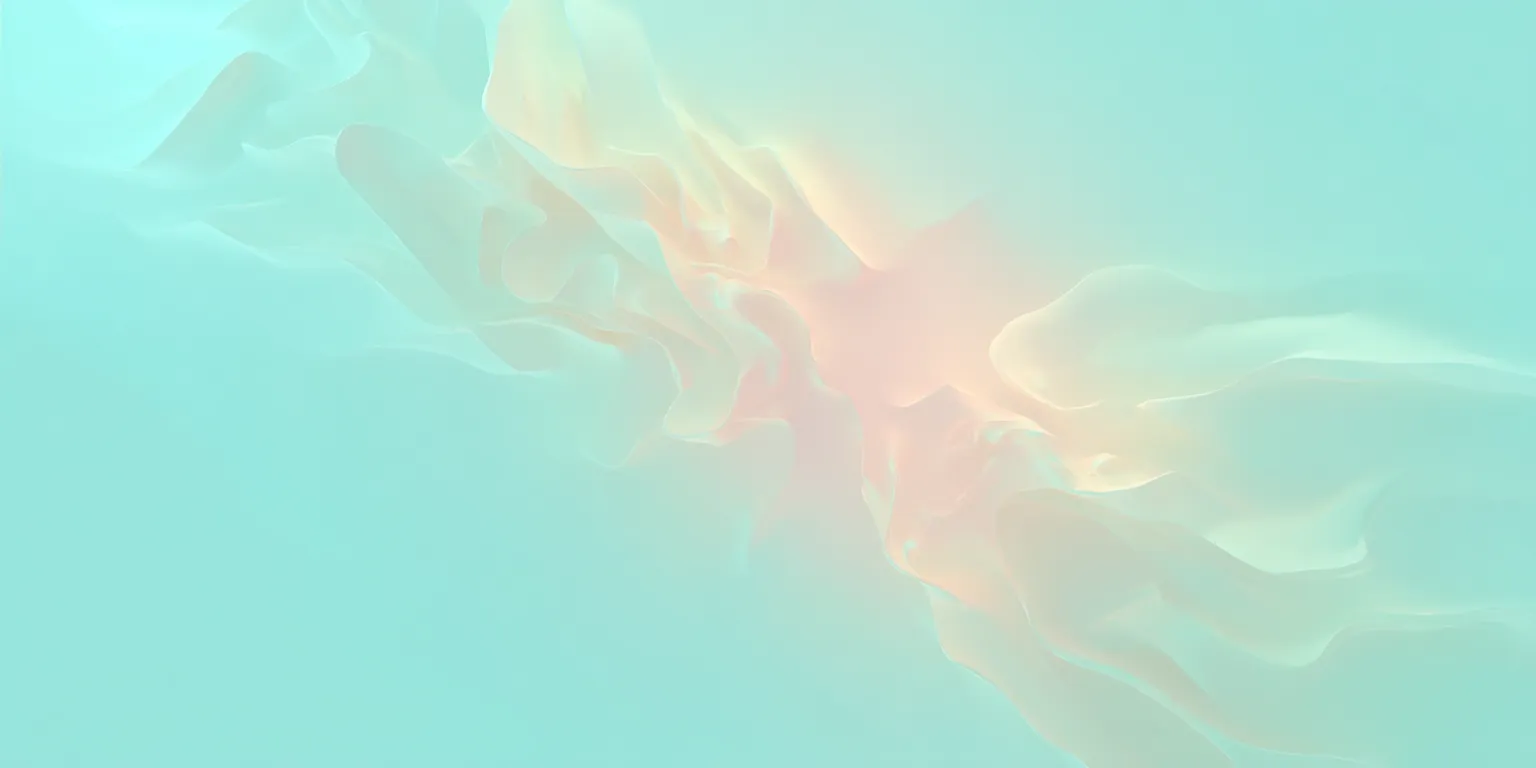
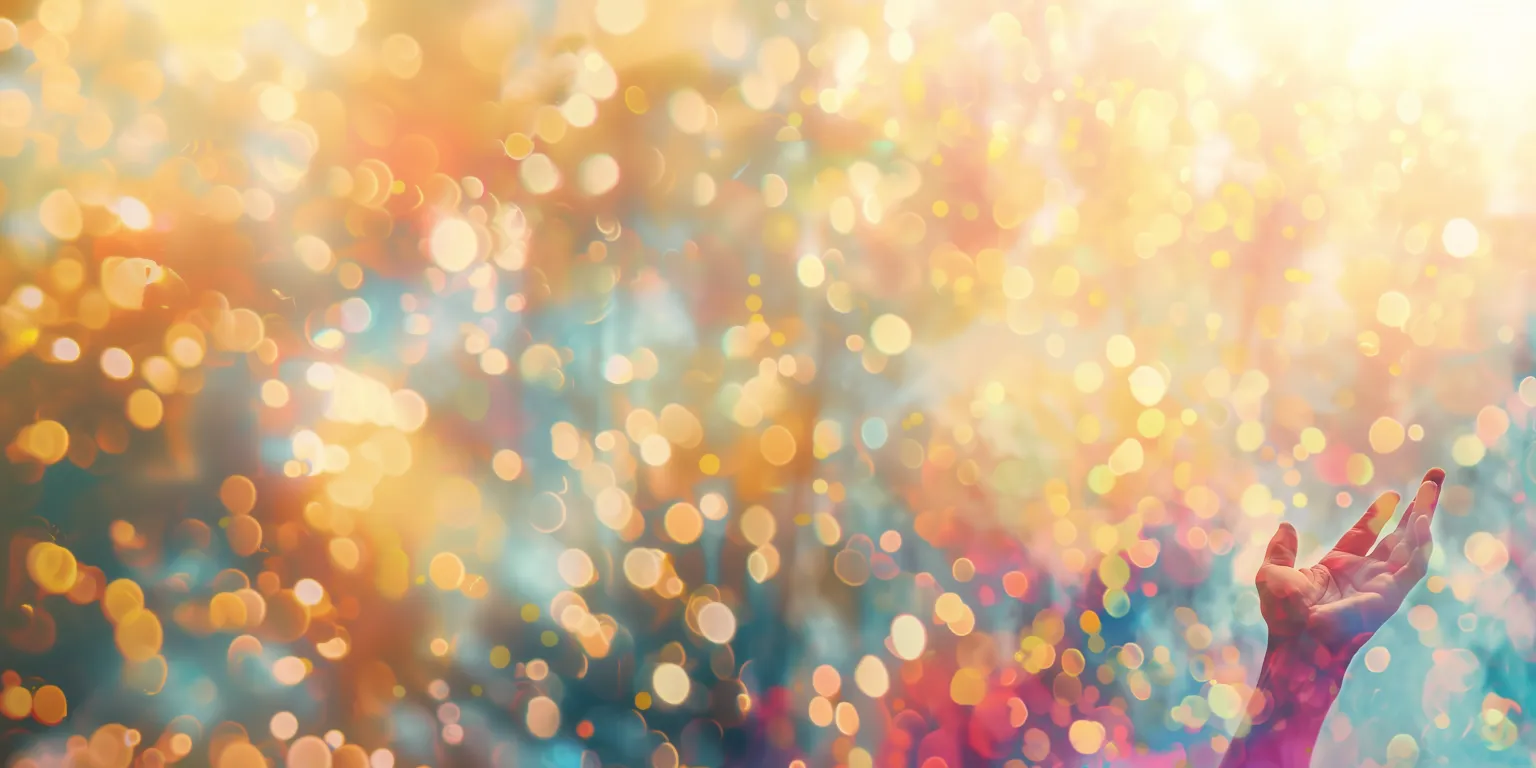


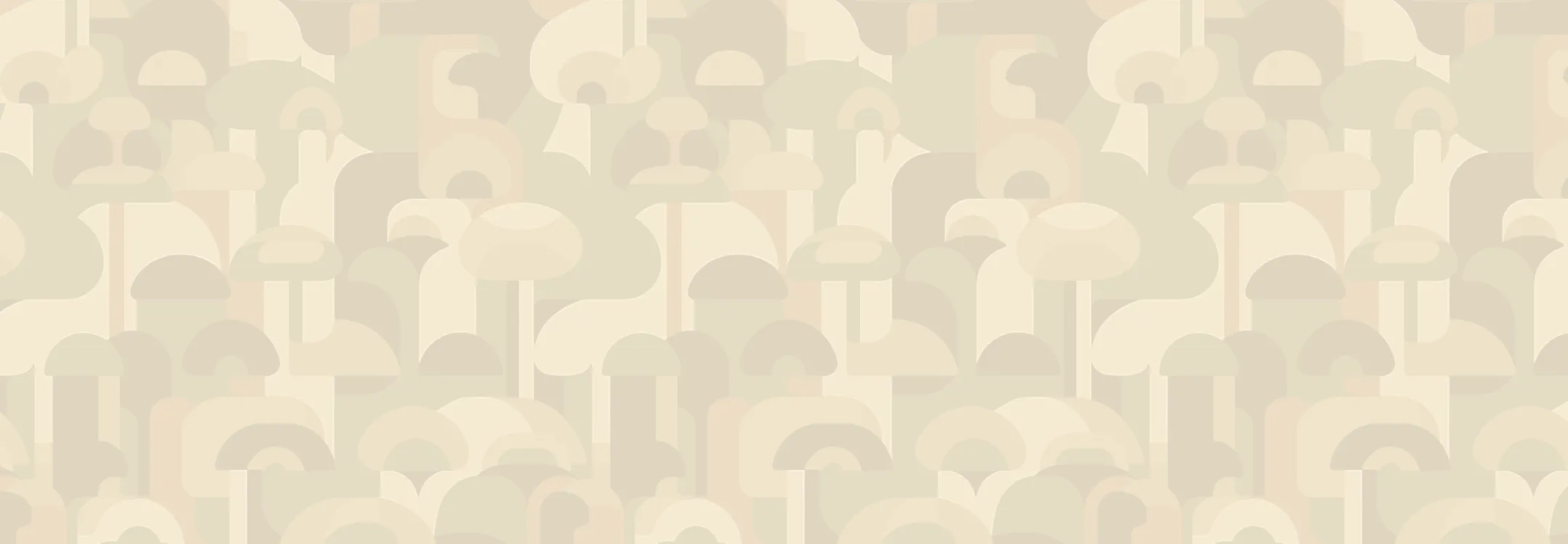

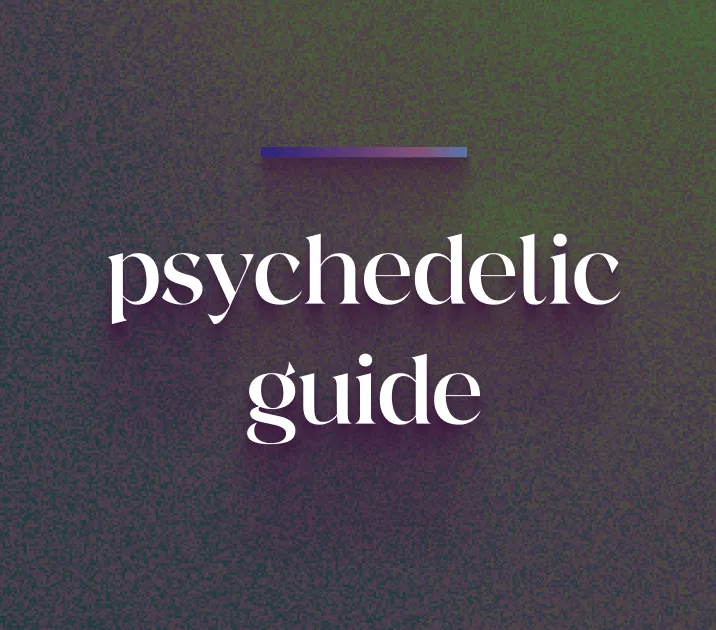
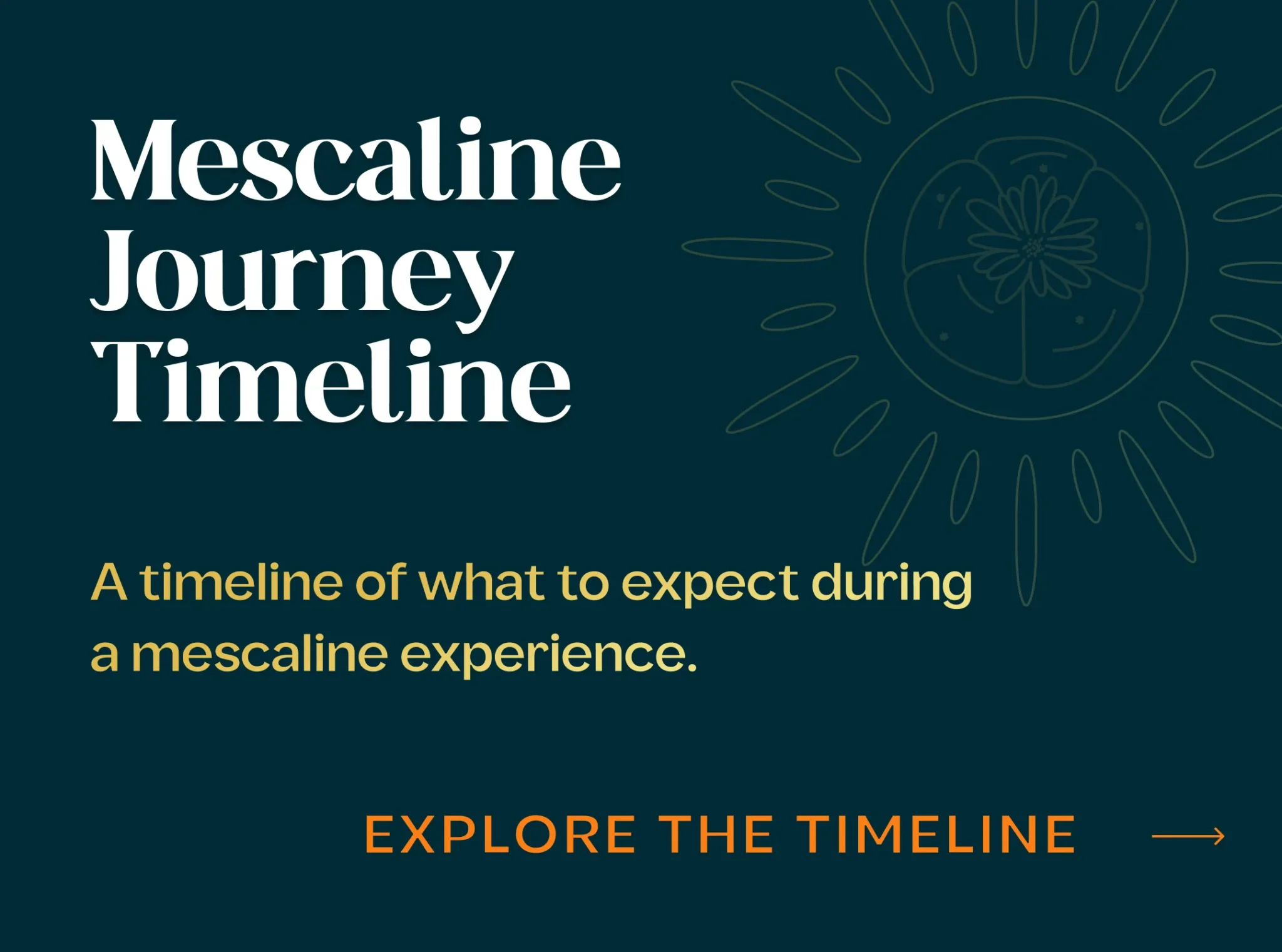
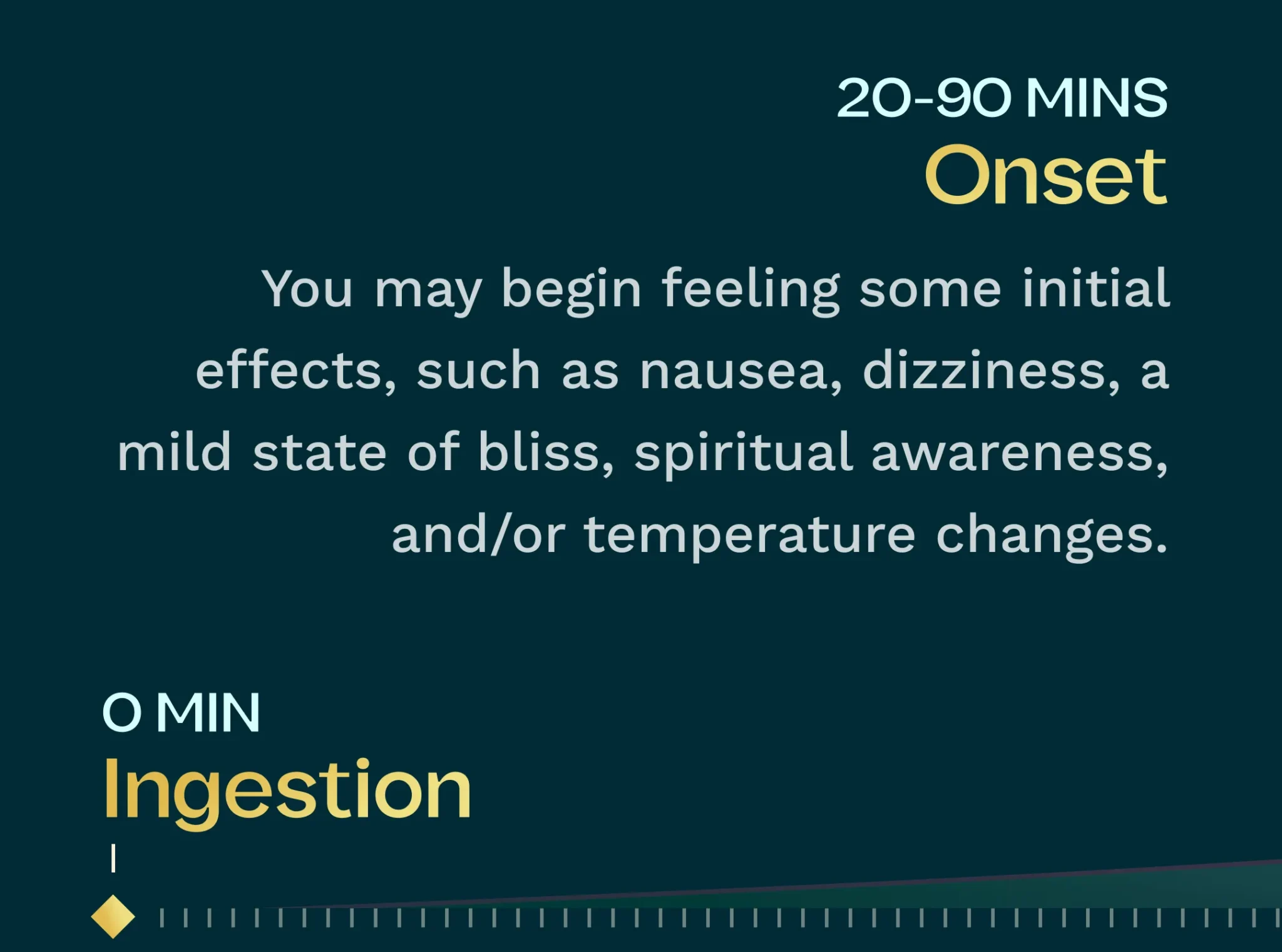

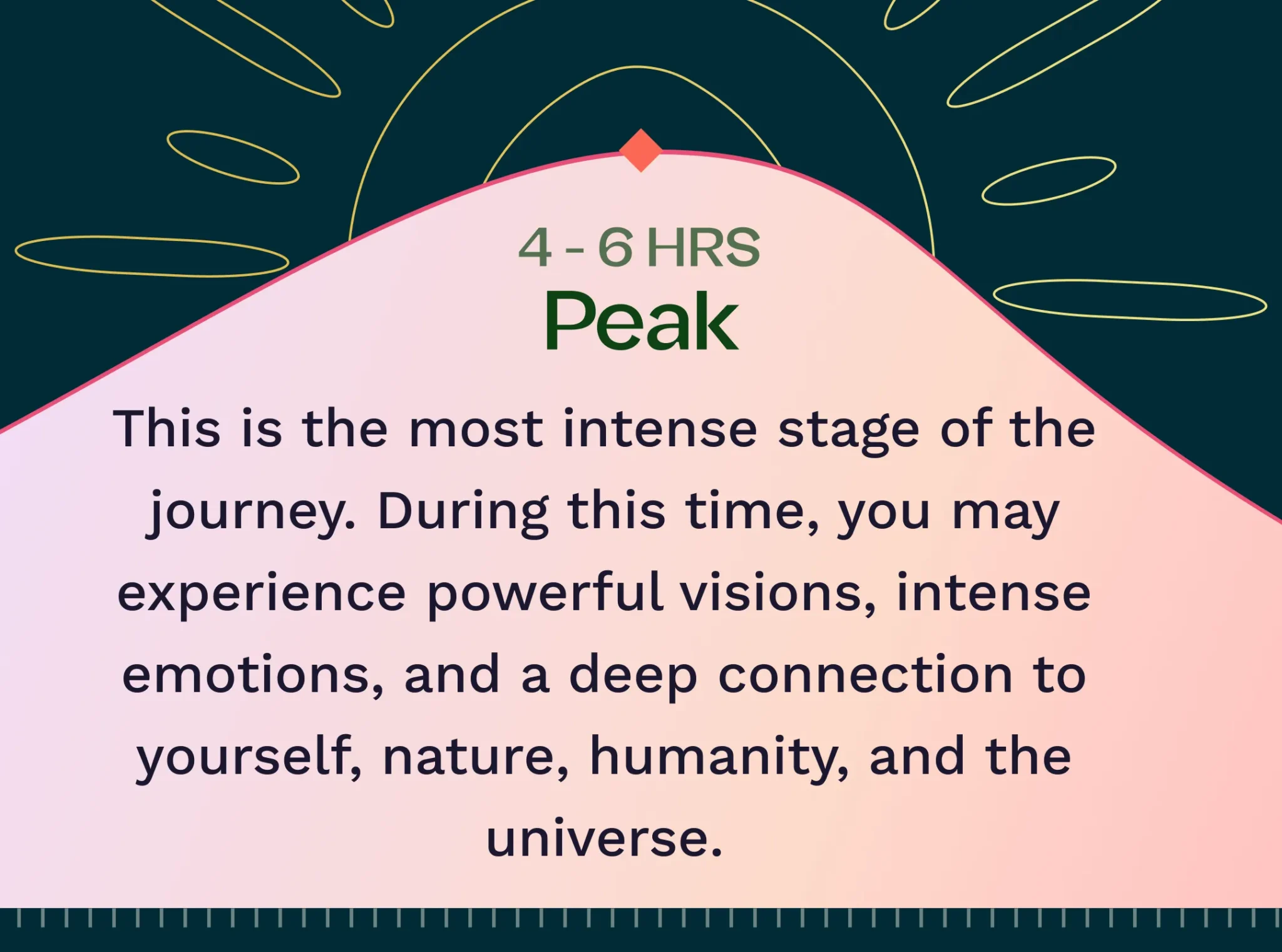
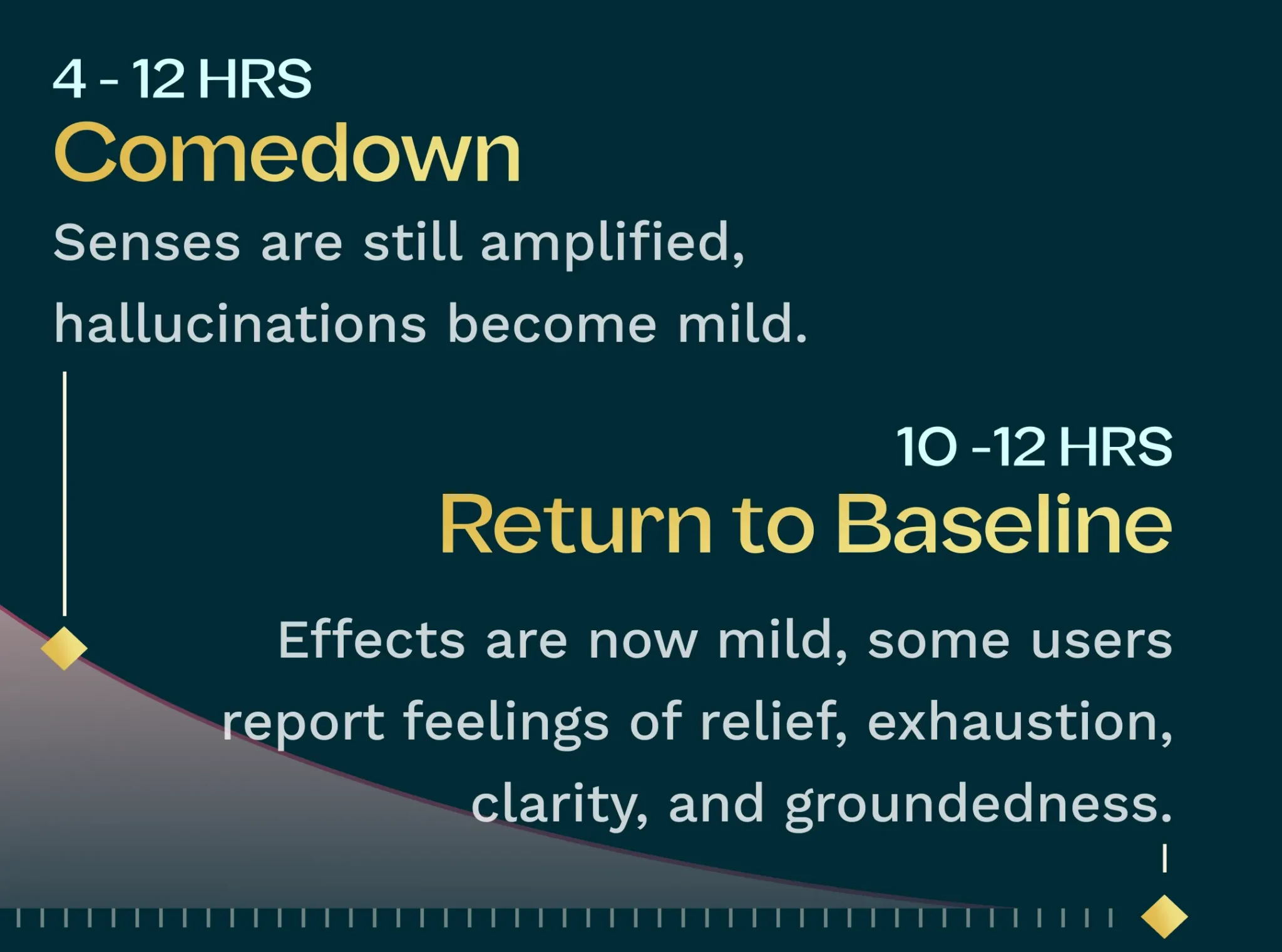


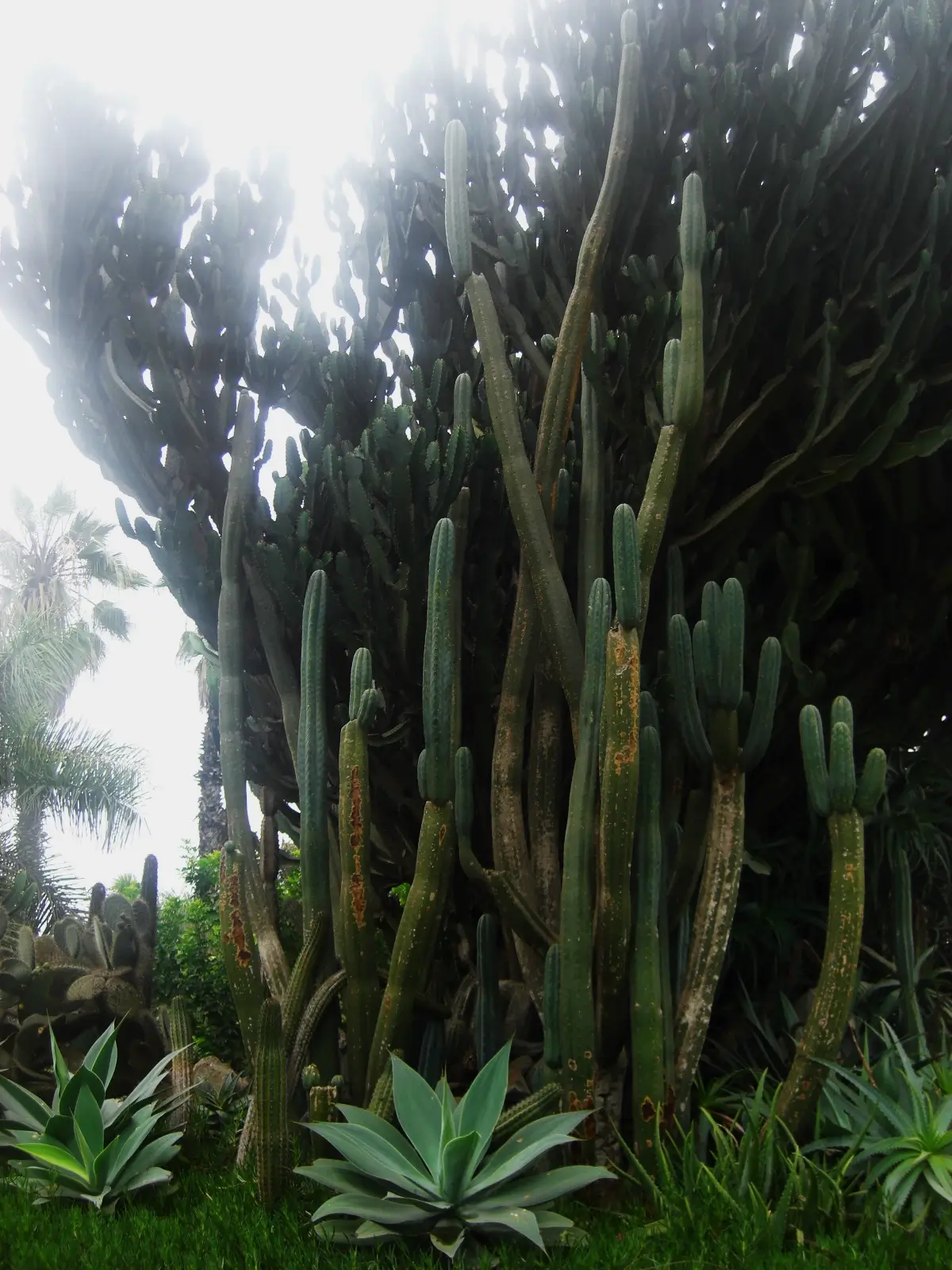
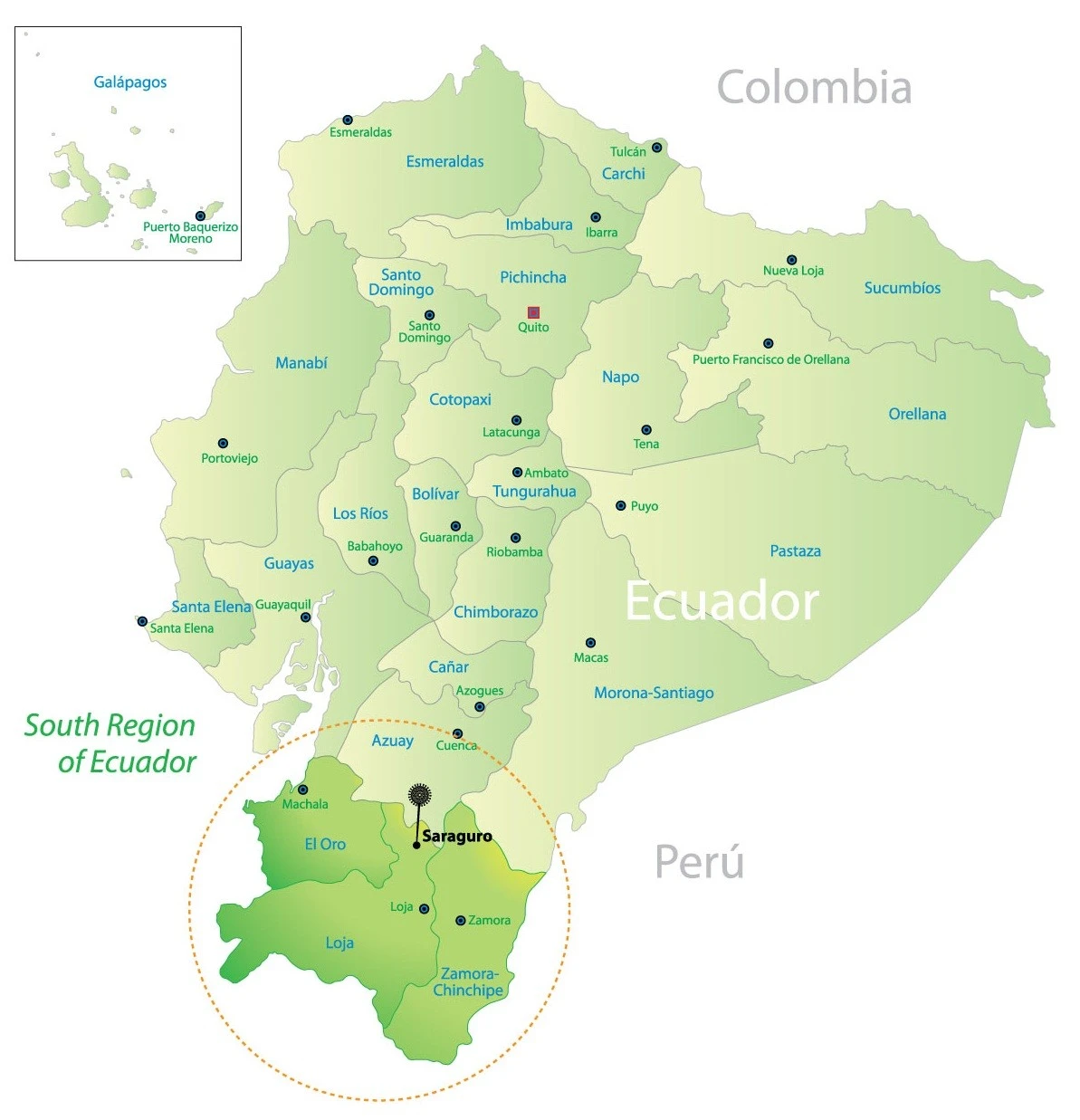
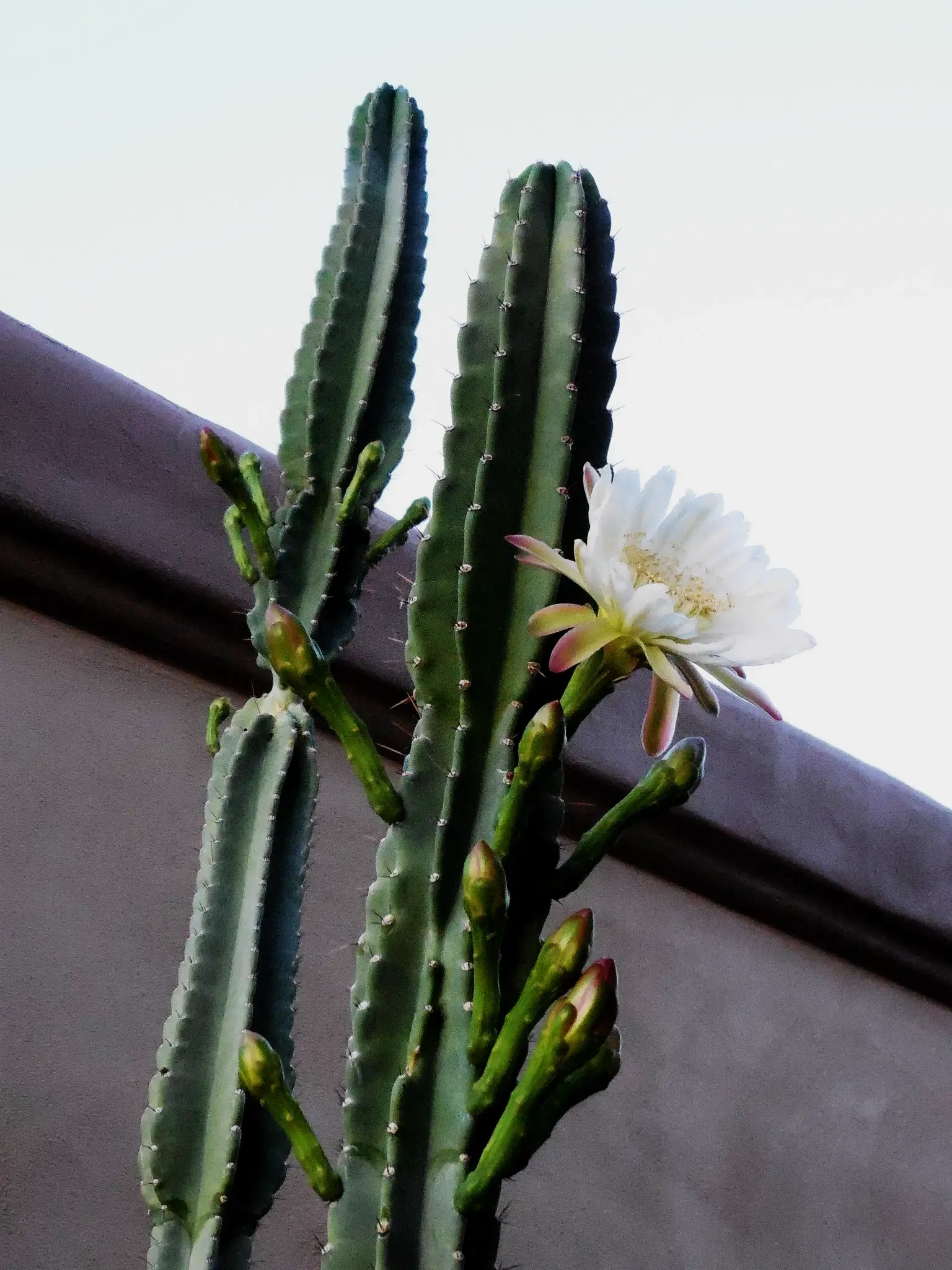
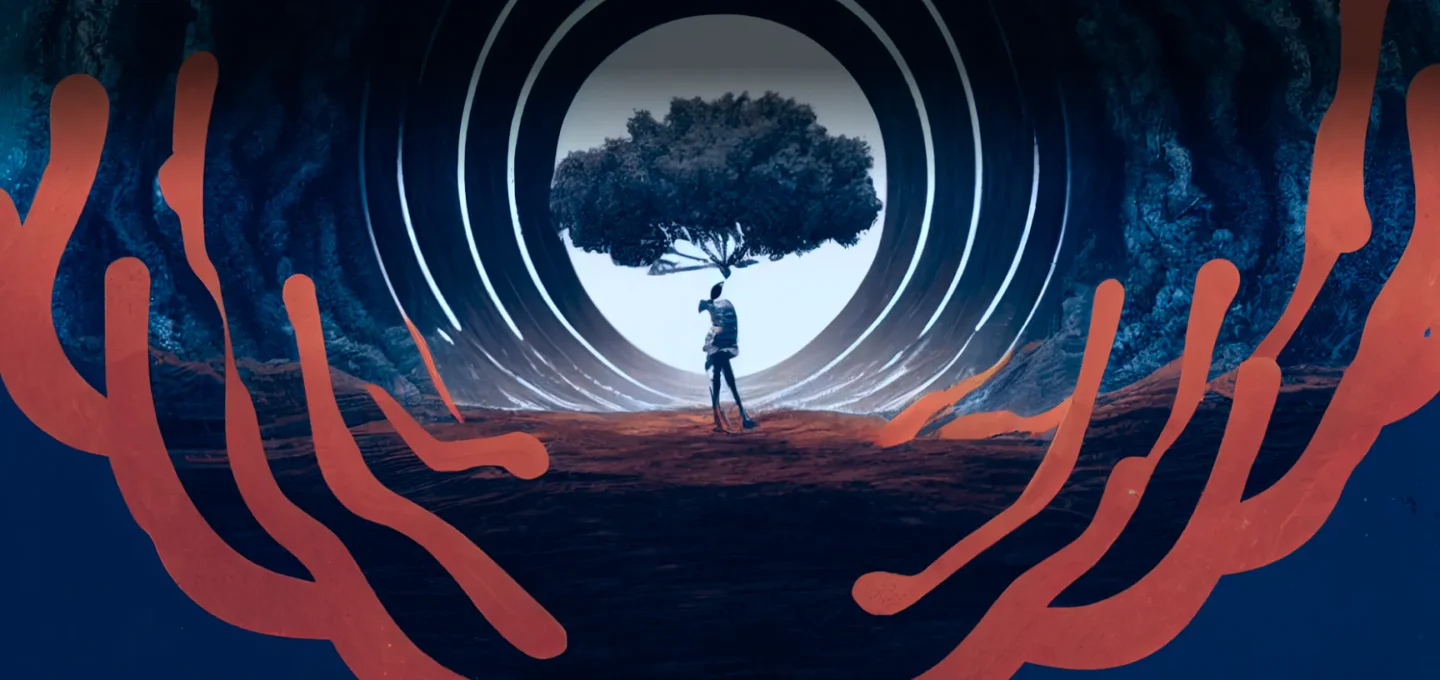


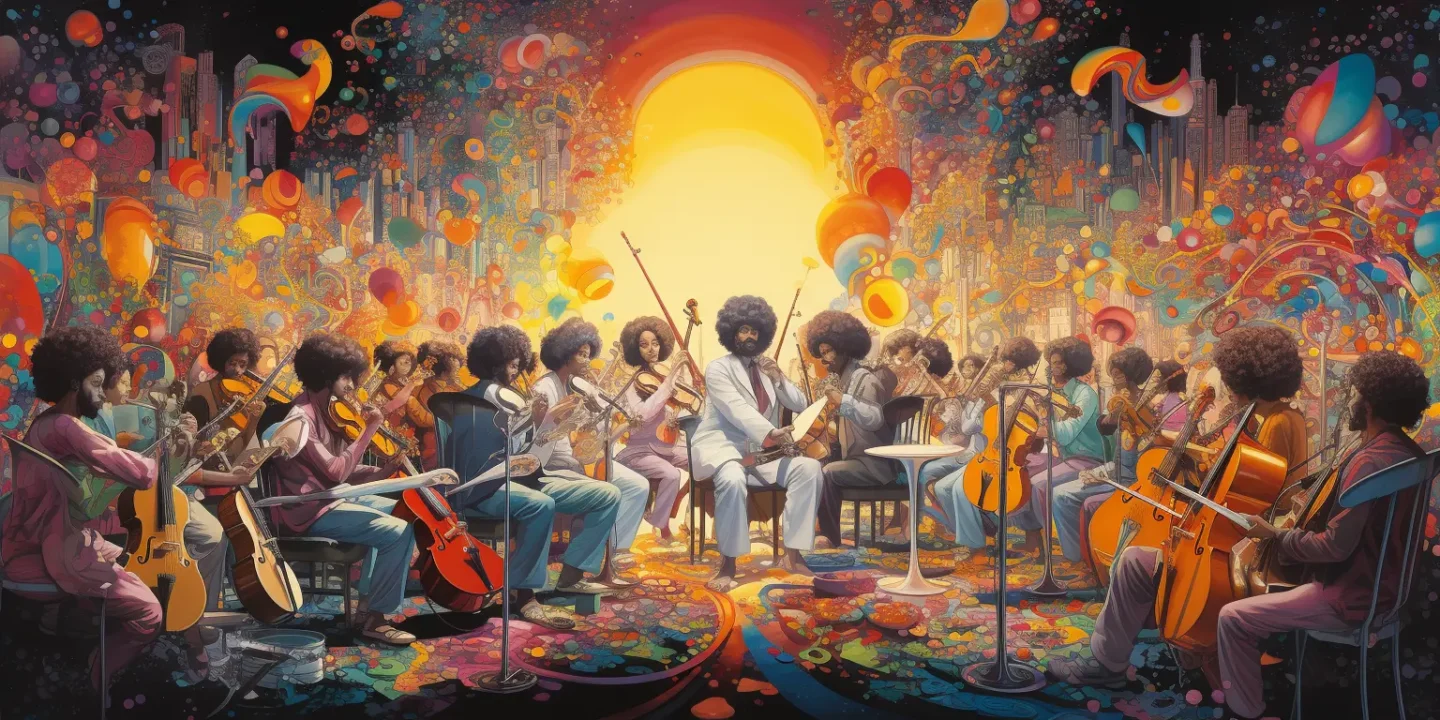
 Nir Tadmor
Nir Tadmor Ben “Doc” Askins
Ben “Doc” Askins Sofie Mikhaylova
Sofie Mikhaylova Edmund Murphy
Edmund Murphy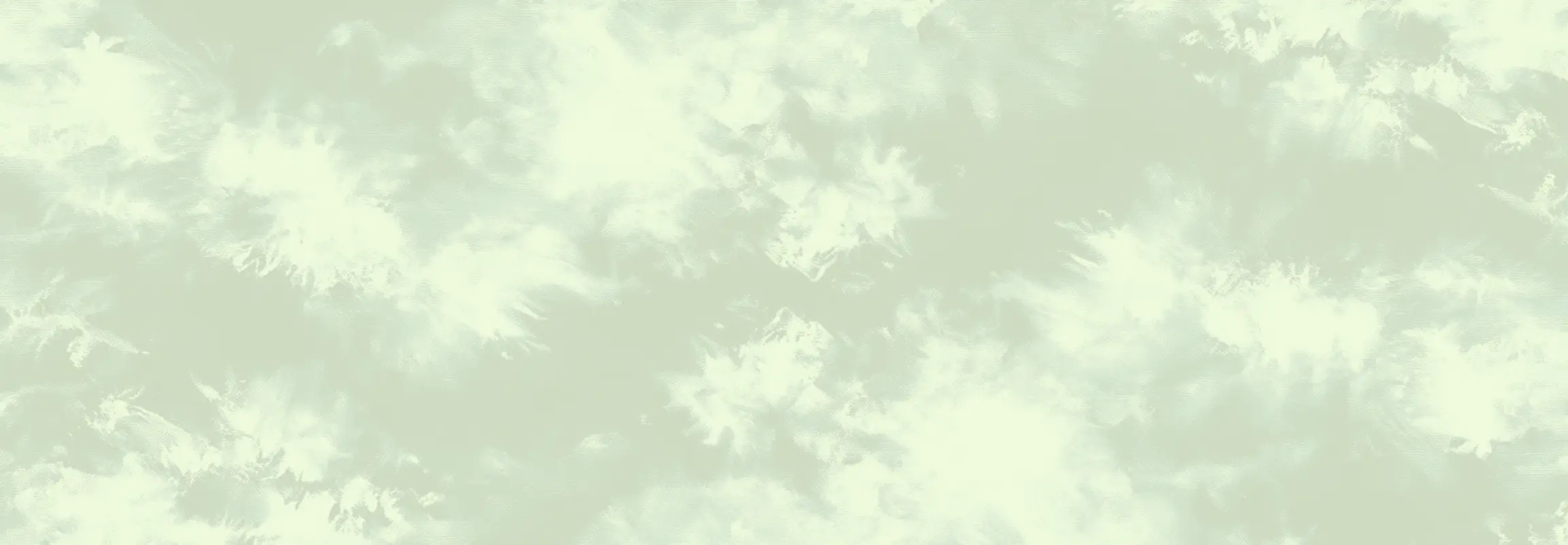


 Lauren Smith
Lauren Smith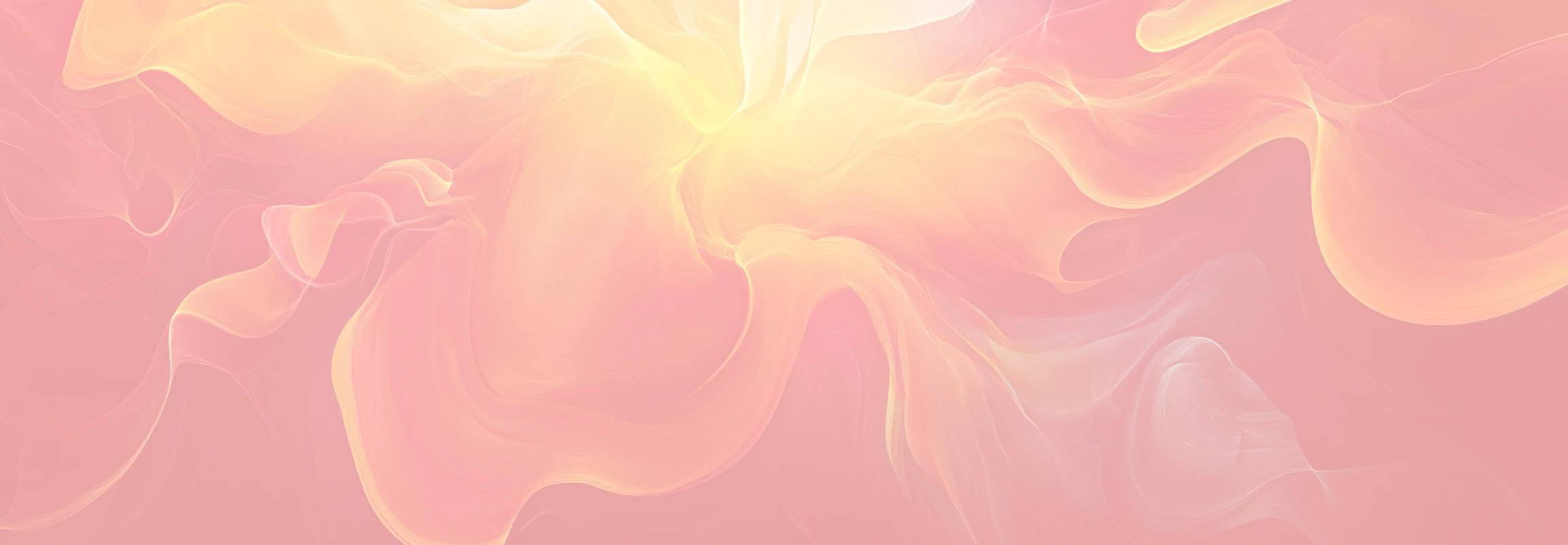
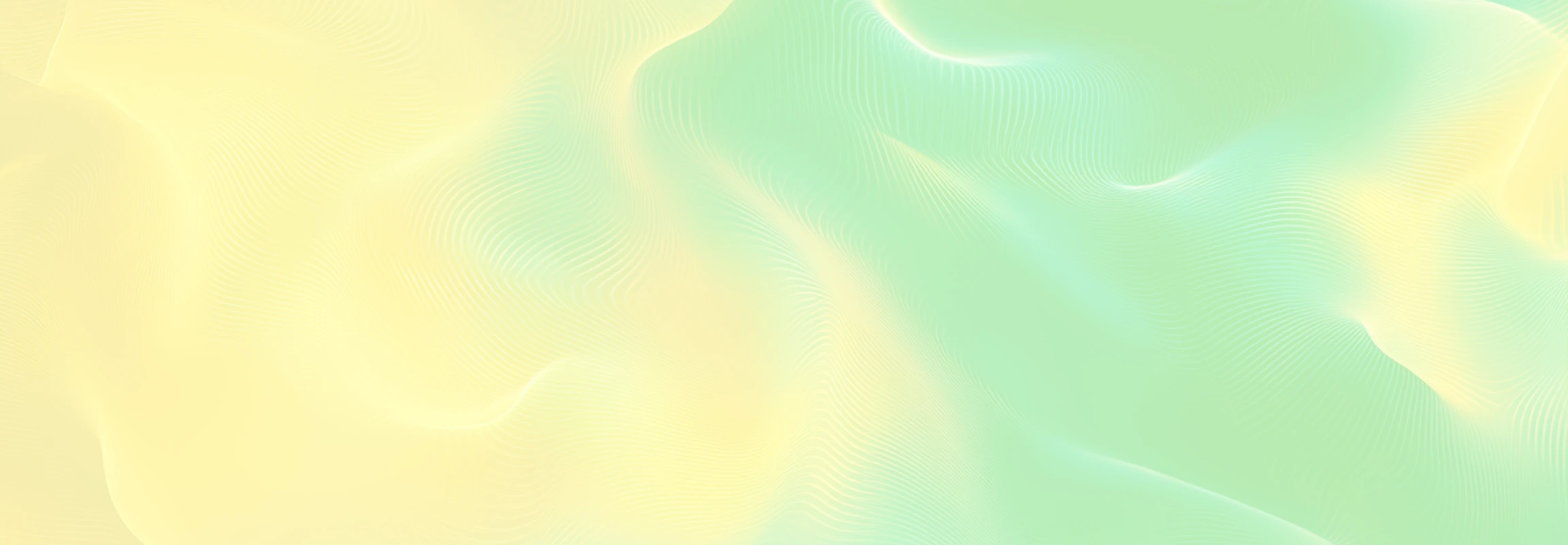
 Nick Hilden
Nick Hilden Sam Woolfe
Sam Woolfe